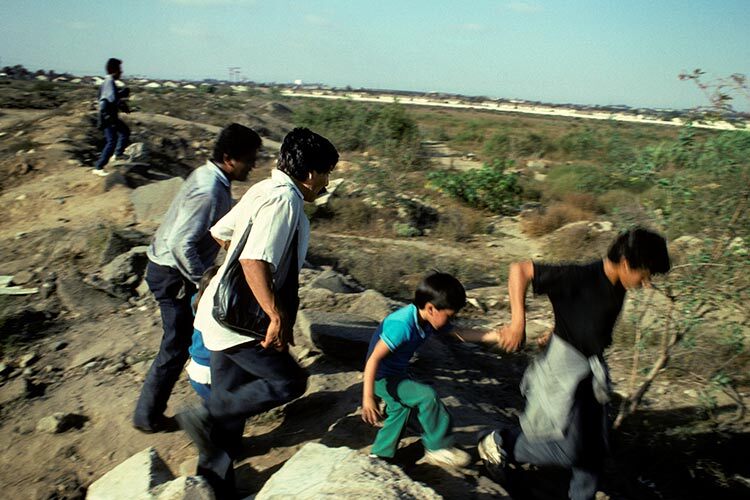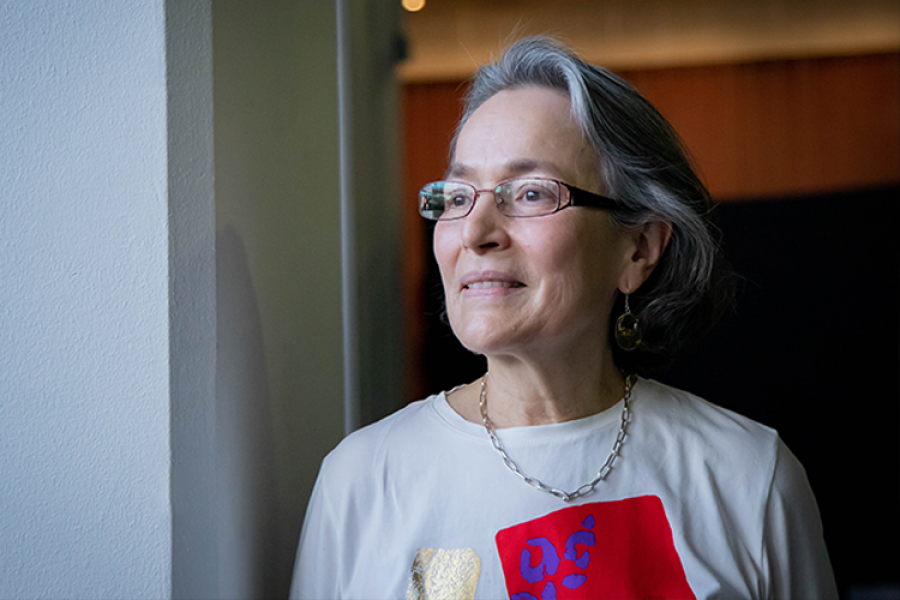For Writing Lab Director, Samira Hosseini, it’s clear that you start writing a scientific paper or publication by getting to the heart of the research itself.
“Experienced scientists never start at the beginning. That’s why I always ask my students where they believe we should start to write up the research. They think it’s the introduction, but it isn’t. The first part we should write is the results and discussion, which means getting to the heart of what was accomplished,” explains Hosseini, Director of the Writing Lab of the Institute for the Future of Education.
Hosseini doesn’t mean that writing up research results is easy, but it makes the rest much simpler. After that, you continue with the methodology, which is done during experiments. If researchers take exhaustive notes of their process, then the methodology will already be written by the time they complete their project.
“I sometimes give my students a small notebook and a big notebook. The small one will go in the lab, where you always take notes on the parameters with a pencil or pen. It doesn’t matter if it gets dirty, but you have to write everything down. When you leave the experiment and go to your office, you have to make a fair copy of your notes in the big notebook. All of this will come in useful for the paper,” advises Hosseini.
How to write a scientific paper
One of the most important things for the scientific community is that experiments can be reproduced, so these annotations are essential to help other scientists understand what was done. Once you have all this, the researcher says the introduction is obvious. Next, the summary and conclusion remain, which are exactly the same thing for Hosseini.
“Although the title is truly the last thing. Never give it a title until the last moment. It’s something that represents your work, which is a powerful thing. However, it would be best if you never showed off. Never use words like ‘new.’ That’s something the community doesn’t appreciate much. It’s obvious there’s something new in your research, that’s your obligation,” she explains.
Prepare to fail
When it comes to publishing, Hosseini is more reserved, as research has to provide findings of greater significance, as well as scientists knowing which publication to send their paper to. There are journals that only publish papers whose experiments were tested on living organisms, for example.
On this point, the Writing Lab Director advises scientists to be prepared for rejection letters, as this is a bitter pill that must always be swallowed.
“It’s important to be open to criticism, but you shouldn’t take it personally either. You need a thick skin in the publishing business,” she explains.















